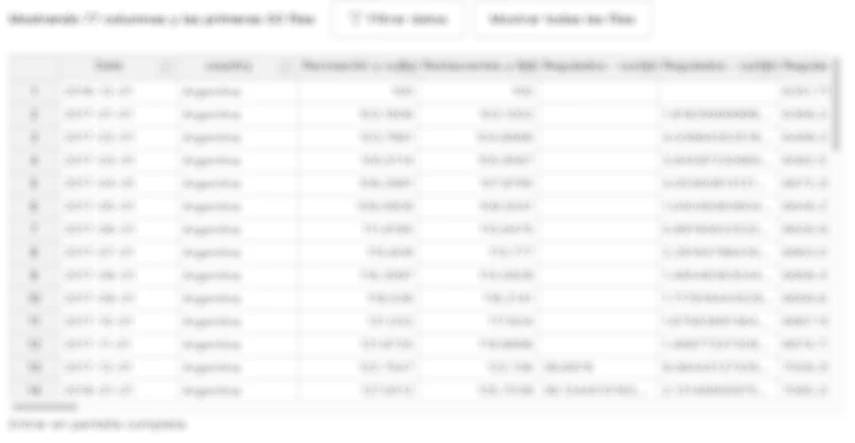[DISCONTINUED] Activity - Global - OECD - Composite Leading Indicators
Published byalphacastinAlphacast Discontinued
Last update 2024-06-18
Dataset Information
Data available from 1955-01-01 to 2024-05-01- Source: OECD
This dataset includes OECD's Amplitude adjusted and normalised Composite Leading Indicators. The composite leading indicator (CLI) is designed to provide early signals of turning points in business cycles showing fluctuation of the economic activity around its long term potential level. The Gross Domestic Product (GDP) is used as the reference for identification of turning points in the growth cycle for all countries, except for China for which the OECD relies on the value added of industry at 1995 prices. The components of the CLI are time series which exhibit leading relationship with the reference series (GDP) at turning points. ...

Access all the content on Alphacast
Create a free account to access more than 4,500 datasets from over 350 sources, structured and ready to use.